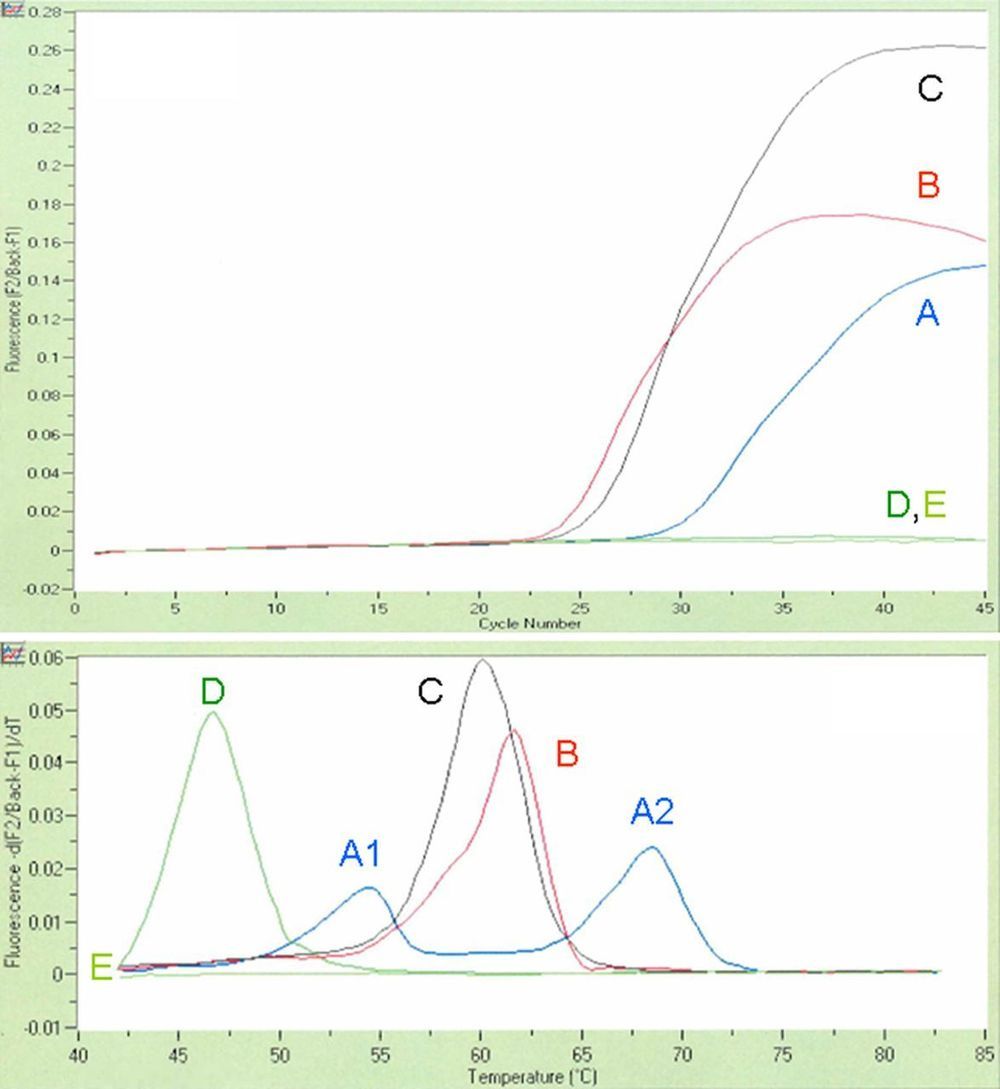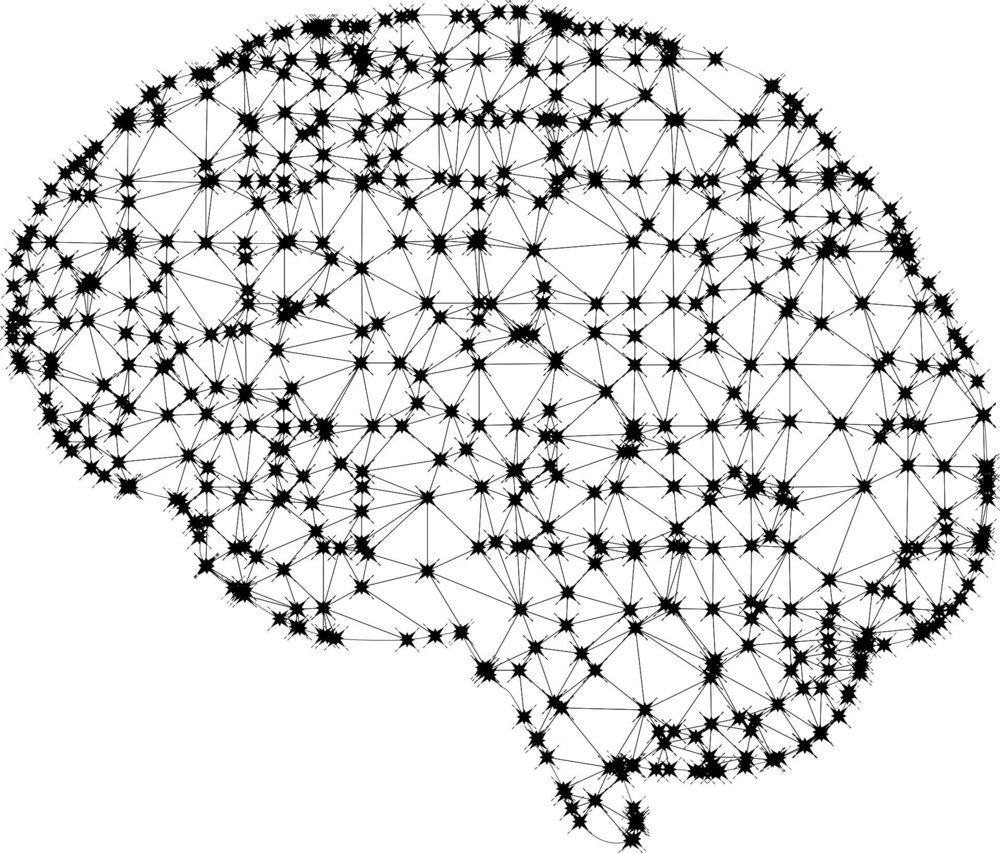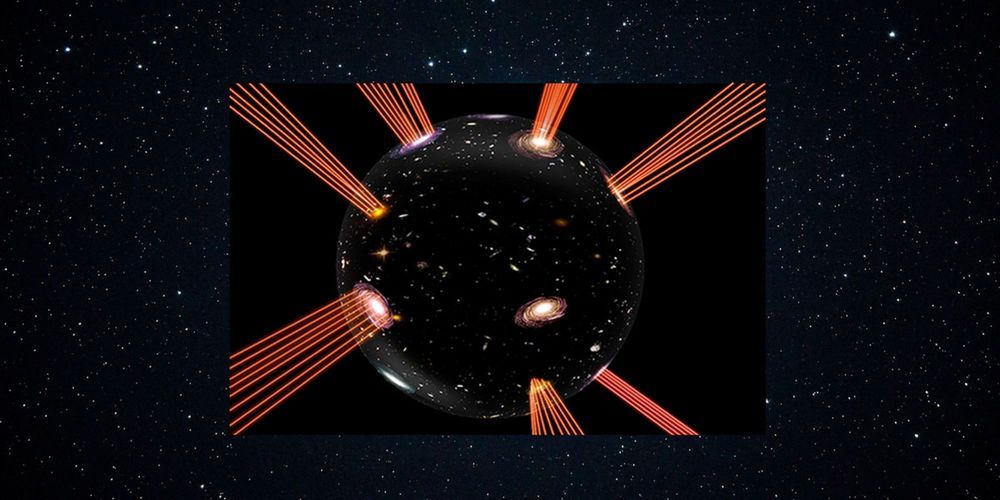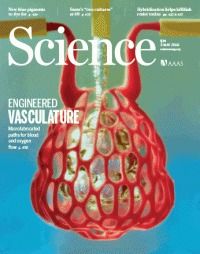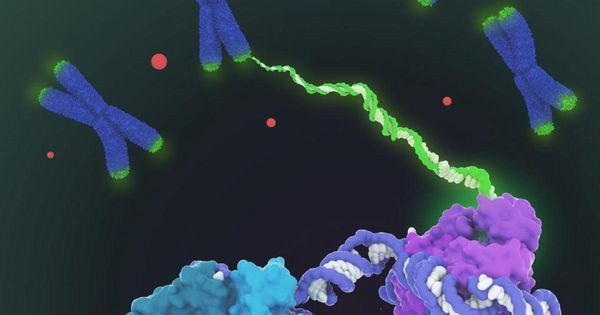May 8, 2019
Characterization of a Novel Melt Curve
Posted by Quinn Sena in category: biotech/medical
We characterize a novel probe binding-site polymorphism detectable solely by melt curve analysis using the Roche LightCycler HSV 1/2 analyte-specific reagent real-time PCR assay. The frequencies of this novel (47°C) and previously described intermediate (60 to 62°C) melt curves were 0.016% and 4.9%, respectively.
The clinical spectrum of herpes simplex virus (HSV-1, HSV-2) infection ranges from subclinical mucosal shedding to vesicular or ulcerative lesions of skin and mucous membranes, hepatitis, keratitis, pneumonitis, sepsis, and meningoencephalitis. For laboratory diagnosis, laborious cell culture techniques have been largely supplanted with real-time PCR (qPCR) due to marked improvements in test sensitivity and turnaround time. Various laboratory-developed and commercially available qPCR products (analyte-specific reagents [ASR]; FDA approved) exist. In the United States, the LightCycler HSV 1/2 ASR real-time PCR assay (HSV qPCR; Roche Diagnostics, Indianapolis, IN) is commonplace, being used by about 30% of clinical laboratories according to a recent College of American Pathologists (CAP) participant summary.
